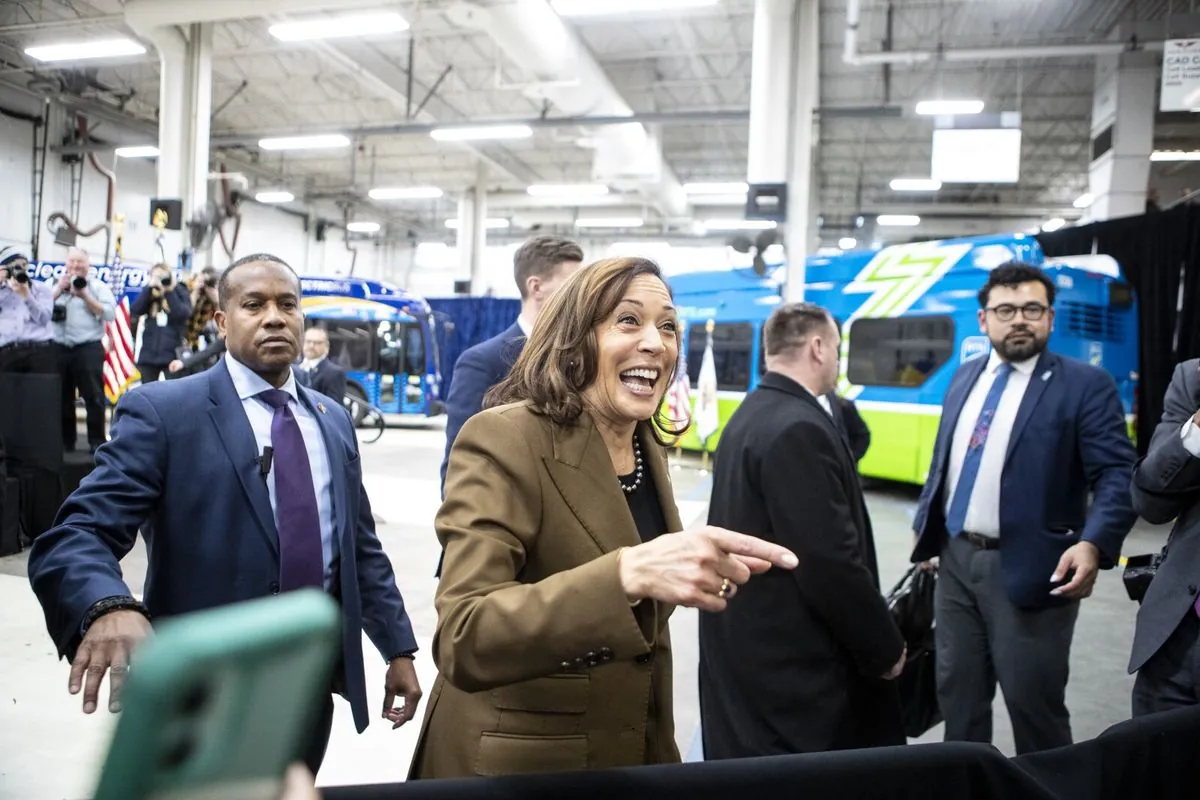Vice President Kamala Harris is scheduled to deliver a speech on the economy in Pittsburgh on September 25, 2024, where she is expected to outline new federal incentives aimed at boosting domestic manufacturing. This address comes as part of her campaign's effort to define her economic vision, dubbed the "opportunity economy."
The speech is anticipated to focus on tax benefits for advanced manufacturing sectors, including biotechnology, shipbuilding, semiconductors, and clean energy production. These proposals aim to build upon the initiatives set forth in the 2022 Inflation Reduction Act, which represents the largest investment in clean energy in U.S. history.
Harris's approach is likely to draw comparisons with former President Donald Trump's economic plans. While Trump has proposed significant tariffs and corporate tax cuts, Harris is expected to emphasize targeted incentives to spur U.S. production. This strategy reflects a renewed interest among Democrats in industrial policy, which involves government efforts to promote specific economic sectors.
The Vice President is also expected to voice support for universal childcare and paid family leave, addressing key social policies that impact workforce participation. These proposals align with broader Democratic efforts to expand the social safety net and support working families.
Interestingly, Harris has recently signaled support for cryptocurrencies, a stance that sets her apart from some within her party. This position has garnered attention from tech industry figures such as Mark Cuban, who noted that the campaign is engaging with crypto industry executives and investors. The Vice President's approach to digital assets and artificial intelligence appears to be focused on creating a "safe business environment" while implementing consumer protections.
"They recognize that Gen Z, Gen A and Millennials are heavy users and investors in crypto. That young people see it as a way to build their net worth. They don't want to hold them back."
Harris's economic proposals are estimated to cost over $4 trillion, raising questions about how these initiatives would be funded. In contrast, Trump has proposed more than $7 trillion in new tax cuts, with limited details on offsetting revenue sources.
The focus on domestic manufacturing comes at a time when the sector employs about 8% of U.S. workers, a significant decline from its peak during World War II when it accounted for nearly 40% of the workforce. While manufacturing employment has recovered to pre-pandemic levels under the Biden administration, it remains far below the numbers seen in the 1990s.
As the November 5, 2024 election approaches, Harris's campaign faces the challenge of articulating a comprehensive economic vision that addresses both traditional Democratic priorities and emerging issues in the tech sector. The Pittsburgh speech is expected to provide more clarity on her economic agenda and how it differs from her opponents' proposals.
